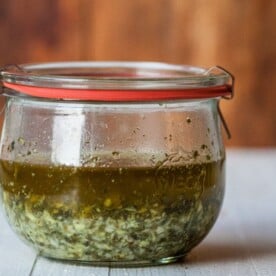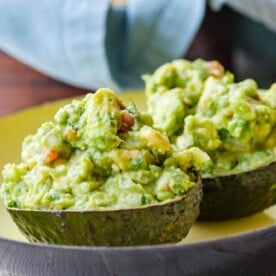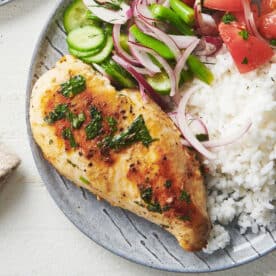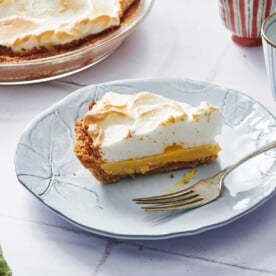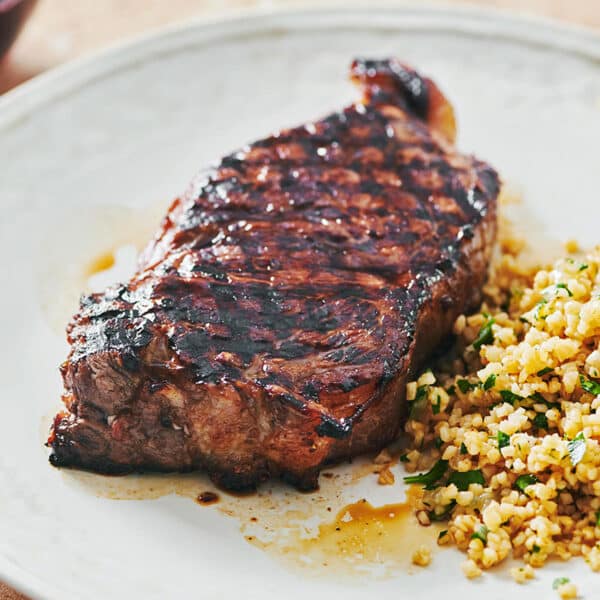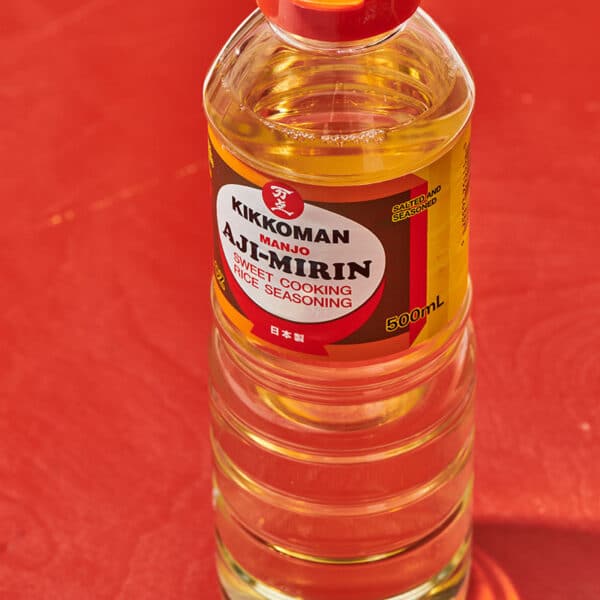How to Cook With Limes
on Jul 07, 2021, Updated Aug 23, 2024
This post may contain affiliate links. Please read our disclosure policy.
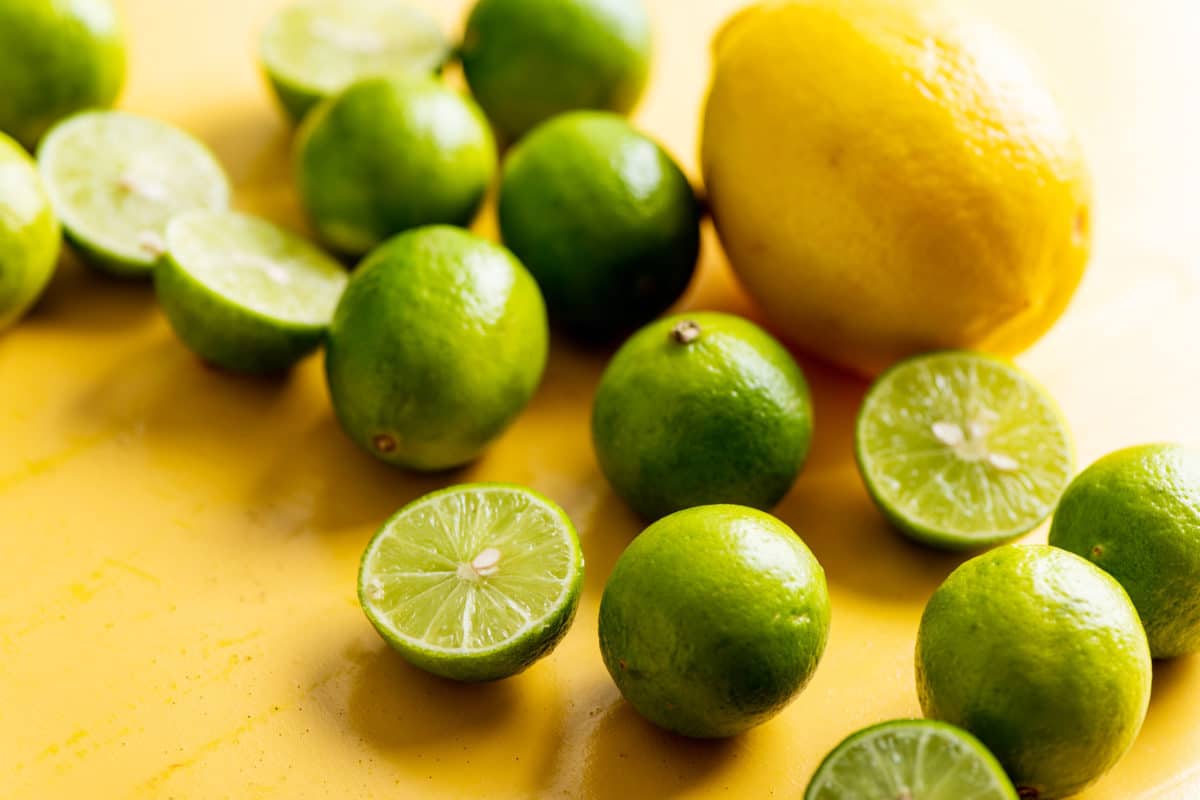
I am never without limes in my house. Like lemons, they add citric brightness to so many different kinds of dishes and recipes, from a Mojito to guacamole, and Ginger, Mint, and Lime Marinade to shrimp ceviche. A bit of acidity elevates almost every recipe and balances out richer, sweeter, or more savory flavors beautifully.
What's In This Post?
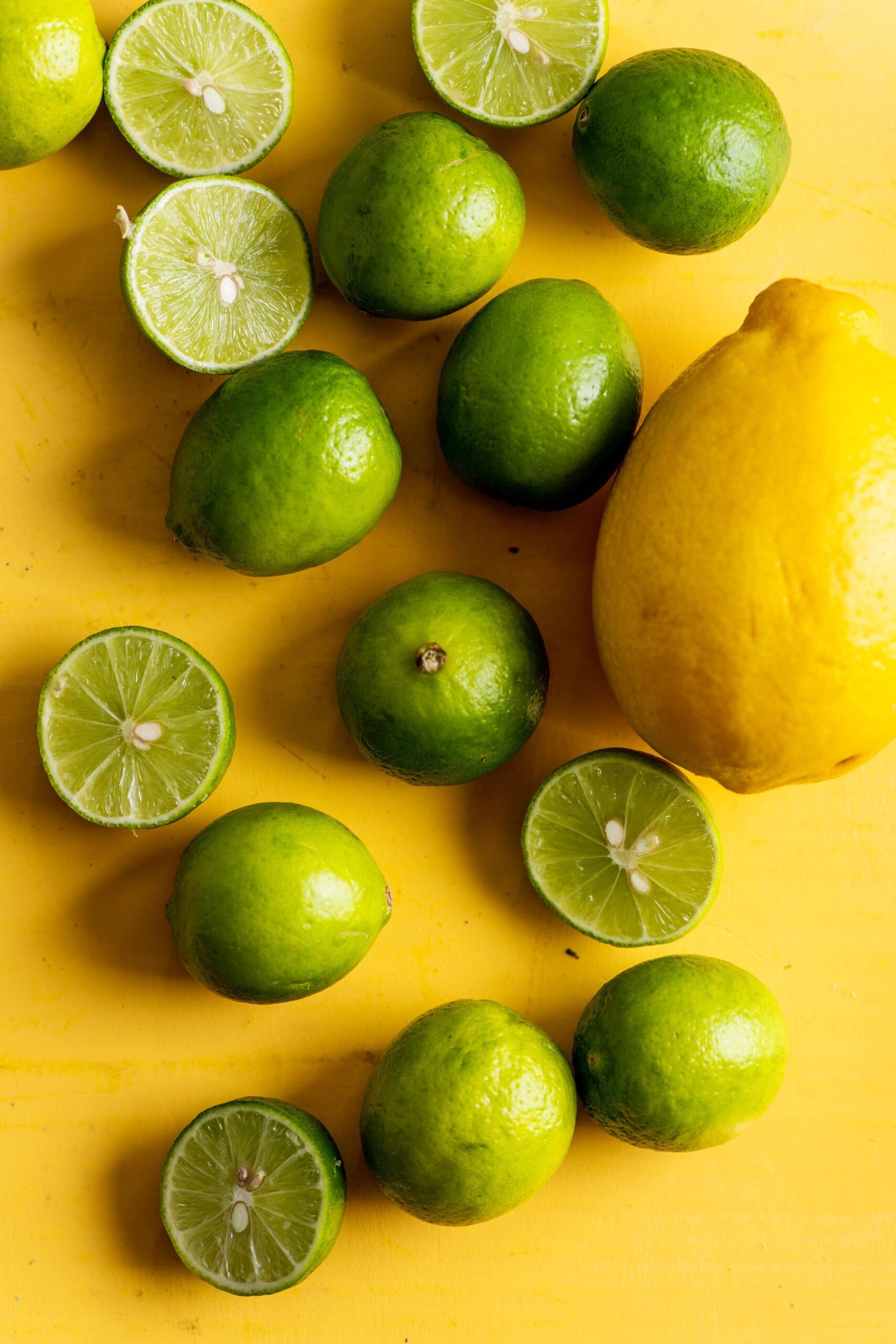
What Are Limes?
Limes are a citrus fruit known for their bright green color and acidic juice. Limes grow on flowering evergreens and are thought to have originated in Southeast Asia and been transported to the Mediterranean region about 1000 years ago. Now, commercially grown limes mostly come from warm climates like Mexico.
By signing up, you agree to our Privacy Policy.
Limes share many qualities with lemons, their sister citrus fruit. However, limes have a higher sugar and acidic content than lemons. The fruit can be dried, candied, preserved, or baked, but the most common and desired use of the lime is for its bright tart juice and citrusy zest.
The limes we are all most familiar with are called Persian limes. Another popular and specialty variety of limes is the Key lime (aka Mexican limes), which are smaller than regular limes, have a thinner skin, and are actually more bitter than Persian limes. Because of this, Key limes are mostly used in desserts when the bitterness balances well with the sweetness of sugar (think Key Lime Pie!).
And, if you have not yet discovered finger limes, you’re in for a real treat! They are similar in flavor to limes but are small and narrow and filled with caviar-like pearls of juice.
What Do Limes Look Like?
Limes are distinguishable by their bright green coloring, lightly textured peel, and general oval shape. Key limes tend to be smaller, rounder, deeper in color (although the riper ones are more yellowish-green), and have smoother skin.
Where Can I Find Limes?
Limes are readily available in pretty much every supermarket. Specific varieties, such as Key limes are harder to find; look for them in well-stocked markets and specialty food stores during their peak season (June through September).
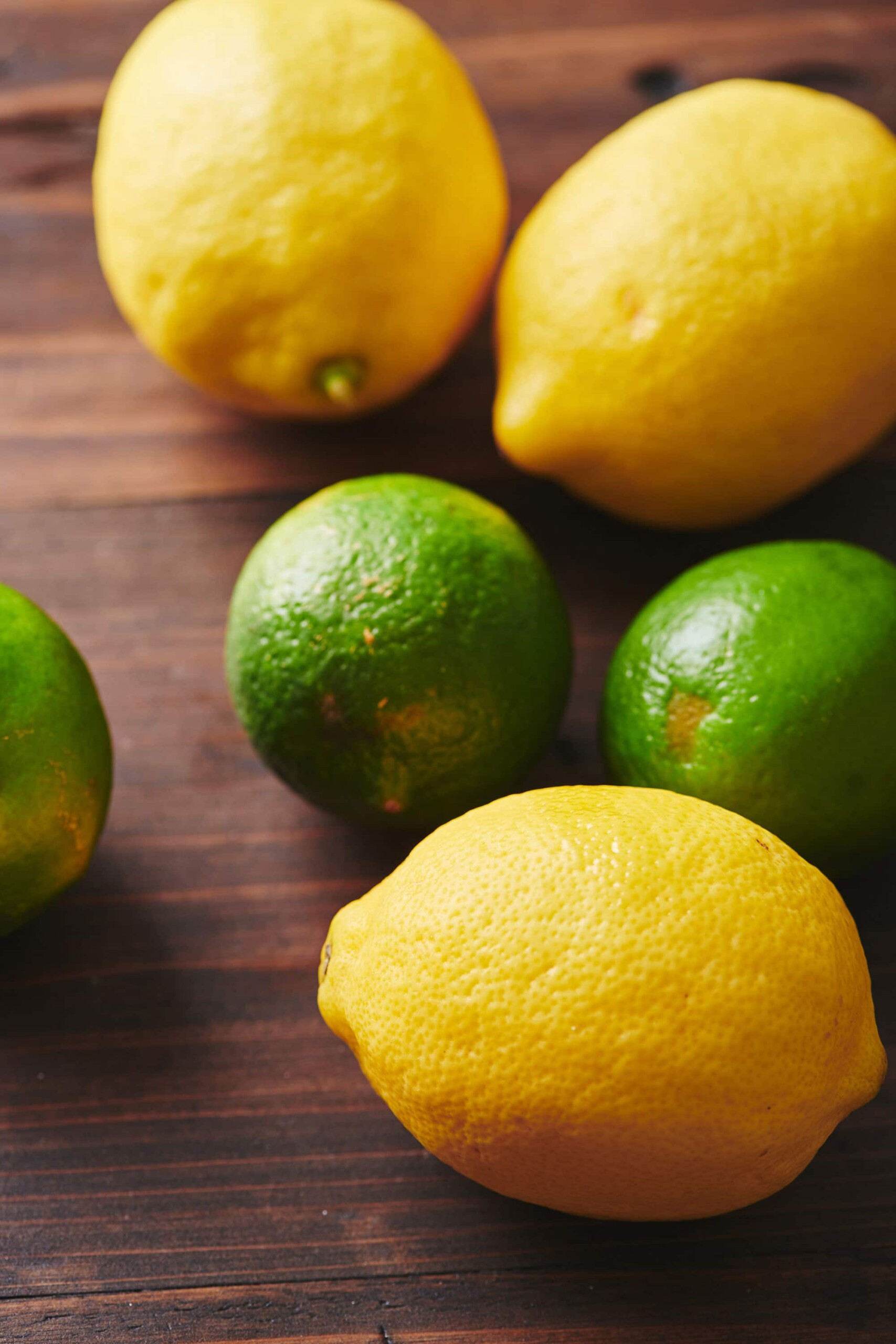
How Do I Pick the Best Limes?
Limes should be firm and bright in color. However, the limes that are slightly lighter in color with smoother skin and have some softness (not mushiness) are actually ones that are riper and will yield more juice. This applies to both regular limes as well as Key limes (which do not ripen further after being picked). Make sure they are free of brown spots and bruises.
What Do Limes Taste Like?
Limes have a tart, refreshing, acidic taste with a slight hint of sweetness.
How Do I Prepare Limes?
The answer is pretty much based on the recipe or how you plan to use them. It is a good idea to wash and dry limes before using so as to remove the waxy outer layer usually sprayed on to preserve them through shipping. This is most important if using the peel or zest, in any recipe.
Limes are used in hundreds of savory and sweet dishes, including beverages. Wedges of limes are also often served with seafood or chicken to squeeze over before eating.
How to Juice Limes
Lime juice is used in recipes both savory and sweet and in many different cuisines. A trick of the trade is to gently but firmly roll the lemon back and forth with the palm of your hand along its widest part which “tenderizes” the lime and makes it easier for juice to be released.
If the recipe calls for lime juice, cut the lime in half across the widest middle point. Then, use a reamer, juicer, or juice-extracting tool to squeeze the juice out. Don’t have one of those tools? Good old-fashioned hand squeezing also works (and wiggling a fork into the flesh of the lime as you squeeze it helps release the most juice possible). Whatever way you go, make sure to strain for any pits that escape.
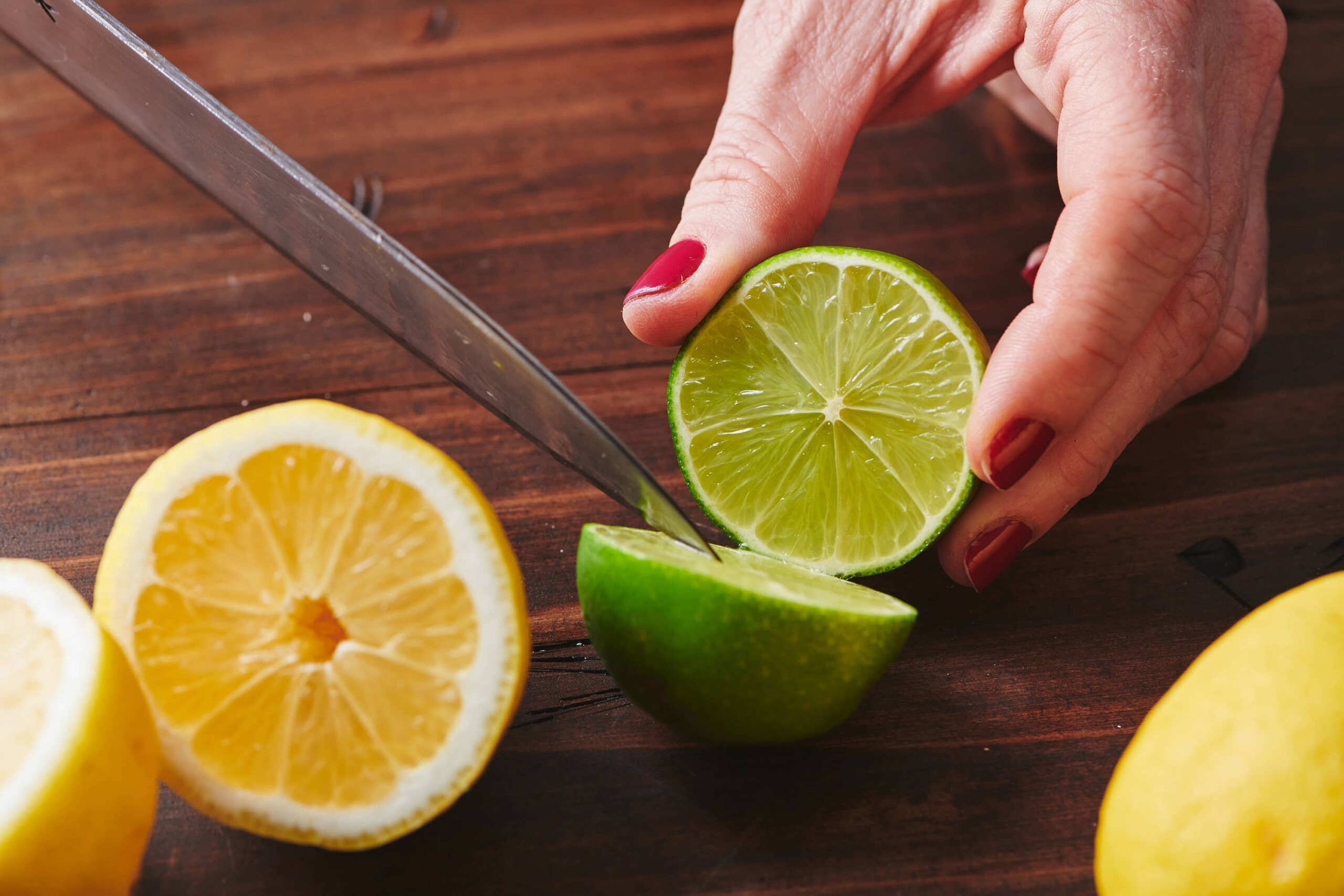
How to Zest Limes
To zest limes, leave the fruit whole and use a microplane or fine grater to scrape off the top green layer of the skin, as the white “pith” beneath tends to be bitter.
If you want the peel cut in a different fashion (i.e. minced, thinly sliced, or in thick slices for candying purposes), keep the lime whole and use a paring knife or vegetable peeler to remove the green part of the peel.
When Are Limes in Season?
Limes are available year-round at supermarkets. Key limes are more seasonal (June through September) and are available at specialty markets.
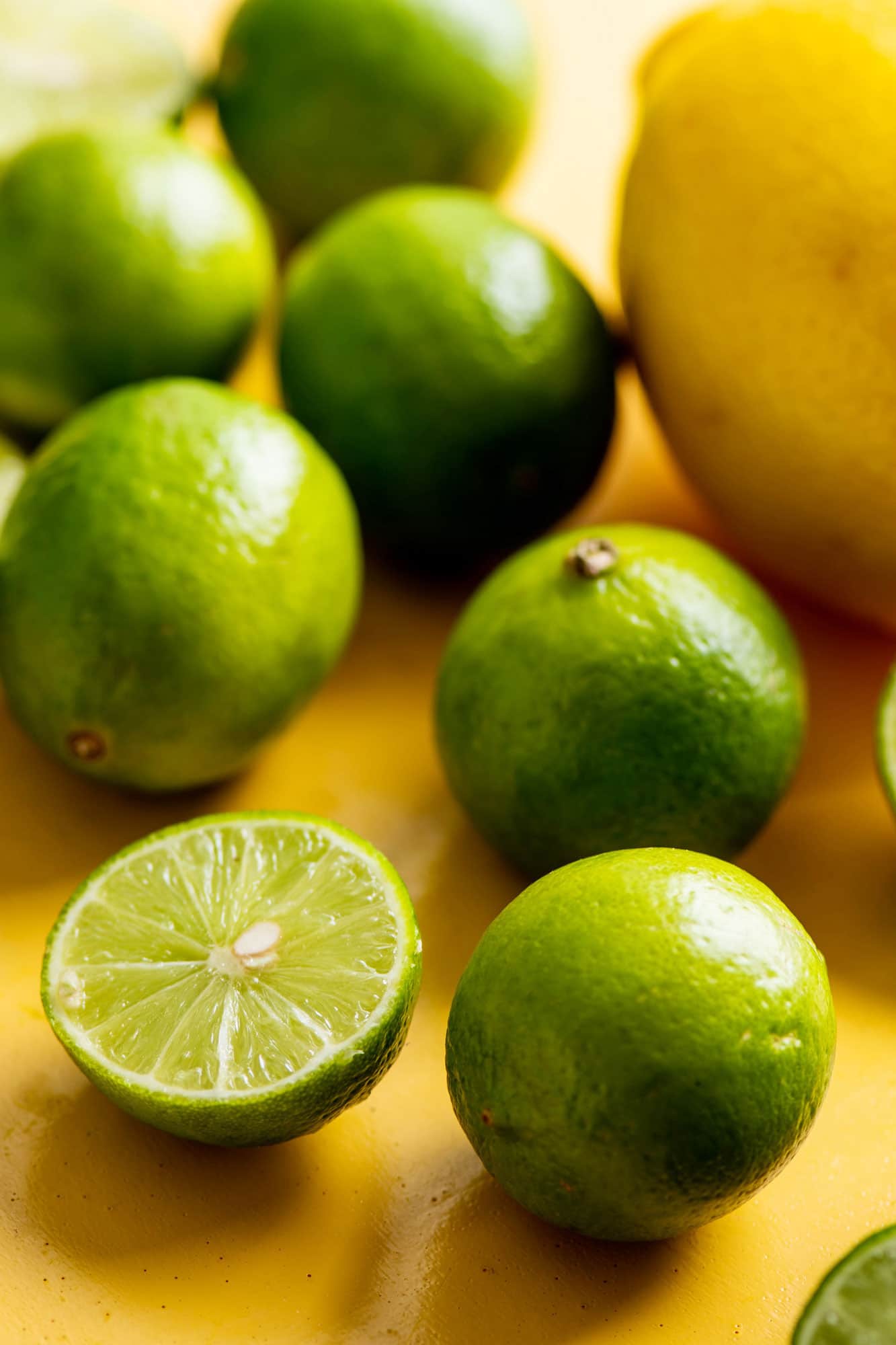
How Do I Store Limes?
The best way to get the longest life out of your limes is to store them in the crisper or vegetable drawer of your refrigerator. They can last approximately 3 weeks. Left on your countertop, they will likely last a week or two before getting soft or moldy. If you have some leftover lime, wrap tightly in cling wrap and store in the fridge. Even if it hardens and shrivels a bit, you can still extract good juice out of it.
Key limes are more delicate and have a shorter shelf life. Store fresh Key limes at room temperature as the fridge actually speeds up their decay. Use within a few days.
FAQs
Limes contain a very high amount of Vitamin C and antioxidants, according to Medical News Today. The nutritional value of limes is similar to lemons.
If you prefer the flavor of limes over lemons, or vice versa, they are pretty interchangeable in most recipes. In general, if you have one, and the other is called for in a recipe — just switch them up — slightly different flavor, but it will work fine.
Yes, it sounds crazy but it’s true! It’s often associated with making margaritas, but can happen whenever you get lime juice or any citrus juice on your skin and then go out in the sun. According to Healthline, the combination of citrus and sun can actually cause a burn on your skin. So, wash your hands after cooking with lime, and keep them away from your kids on sunny days!
